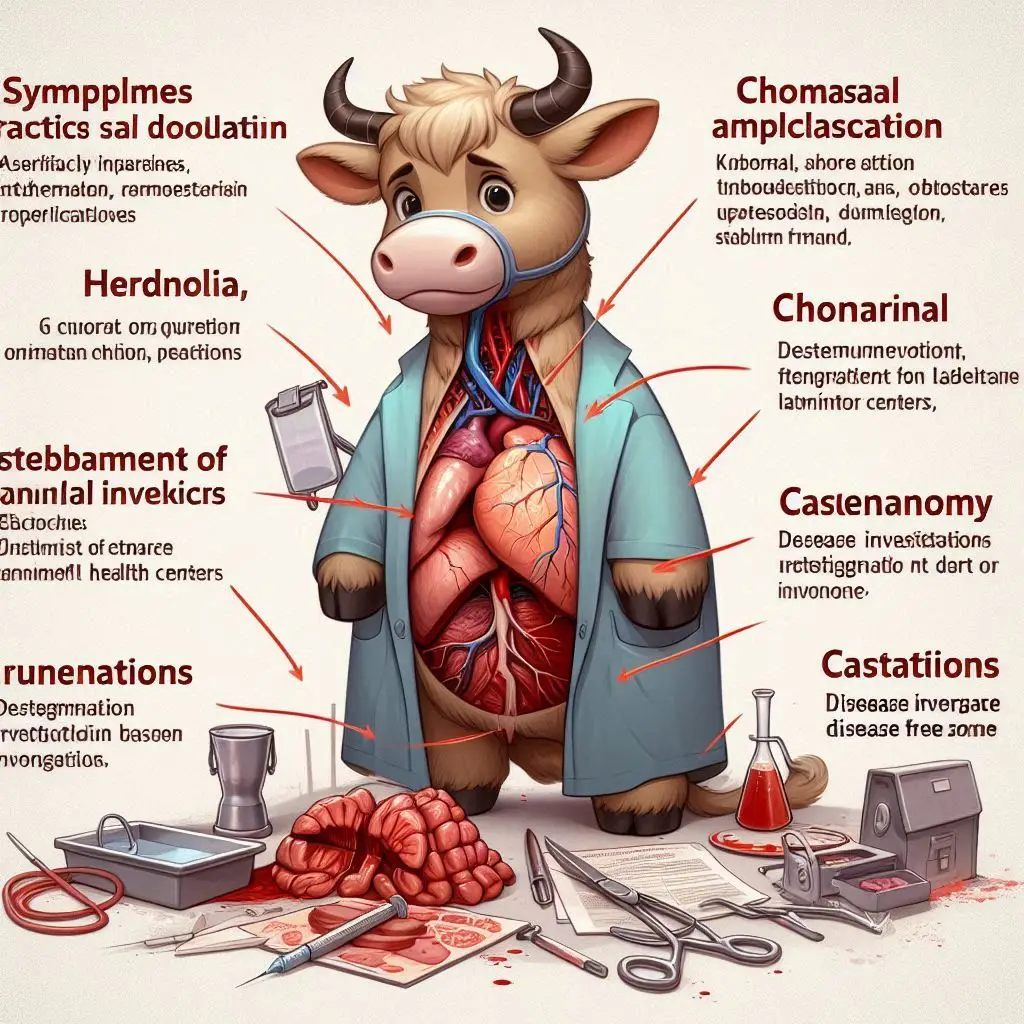Microbial Spoilage, Preservation, and Maintenance of Eggs

Eggs are a staple in many diets around the world. They are nutritious, versatile, and easy to cook. However, eggs can spoil due to microbial contamination. Understanding how to prevent spoilage is crucial for maintaining their quality. In this article, we will explore the causes of microbial spoilage, effective preservation methods, and best practices for maintaining eggs.
Understanding Microbial Spoilage of Eggs
Microbial spoilage occurs when bacteria, molds, or yeasts grow on or in eggs. This growth can lead to off-flavors, odors, and even foodborne illnesses. The primary culprits of spoilage include:
Common Microorganisms
- Bacteria: Pseudomonas, Salmonella, and E. coli are common bacteria found on eggs. They can contaminate eggs through the shell or during processing.
- Molds: Molds can grow on eggshells, especially in humid conditions. They can produce mycotoxins that are harmful if ingested.
- Yeasts: Yeasts can spoil eggs by producing off-flavors and odors.
How Contamination Occurs
Contamination can happen at various stages:
- Production: Eggs can become contaminated during laying, especially if hens are kept in unsanitary conditions.
- Processing: Poor handling and processing practices can introduce bacteria.
- Storage: Improper storage conditions can promote microbial growth.
Factors Contributing to Spoilage
Several factors can increase the risk of microbial spoilage in eggs:
1. Shell Condition
The eggshell is porous, allowing bacteria to enter. Cracks or rough surfaces can facilitate contamination. Always inspect eggs for cracks before purchasing or using them.
2. Temperature
Eggs should be stored at a consistent temperature. Fluctuations can cause condensation, leading to bacterial growth. Ideally, store eggs in the refrigerator at 7°C (45°F) or lower.
3. Humidity
High humidity levels can promote mold growth on eggshells. Aim for a relative humidity of 70-80% in storage areas.
4. Time
The longer eggs are stored, the higher the risk of spoilage. Use eggs within 3-5 weeks for optimal freshness.
Preservation Methods for Eggs
To extend the shelf life of eggs and prevent spoilage, various preservation methods can be employed. Here are some effective techniques:
1. Cleaning and Sanitizing
Proper cleaning is essential to reduce microbial contamination. Here are some steps to follow:
- Dry Cleaning: Use sandblasting to remove dirt and bloom from the eggshell. This method is effective and minimizes moisture.
- Washing: If washing is necessary, use warm water (not exceeding 49°C or 120°F) to avoid cooking the egg. Add a mild detergent or disinfectant to the wash water.
2. Heat Treatment
Heat can effectively kill harmful microorganisms. Consider these methods:
- Pasteurization: Heat eggs to 65-68°C (149-154°F) for 5-6 minutes. This method is widely used for liquid egg products.
- Cooking: Cooking eggs thoroughly also kills bacteria. Ensure that both the white and yolk are firm.
3. Low-Temperature Storage
Refrigeration slows down microbial growth. Follow these tips:
- Refrigerate Immediately: Store eggs in the refrigerator as soon as possible after purchase.
- Maintain Consistent Temperature: Avoid opening the refrigerator frequently to keep the temperature stable.
4. Freezing
Freezing eggs can extend their shelf life significantly. Here’s how to do it:
- Separate Yolks and Whites: Freeze egg yolks and whites separately. This prevents the yolks from becoming gelatinous.
- Use Airtight Containers: Store them in airtight containers or freezer bags to prevent freezer burn.
5. Drying
Drying eggs is another effective preservation method.
- Spray Drying: This method removes moisture from liquid eggs, making them shelf-stable.
- Drum Drying: This process involves spreading liquid eggs onto a heated drum, where moisture evaporates.
6. Use of Preservatives
Certain preservatives can help maintain egg quality.
- Coatings: Applying edible coatings like mineral oil or wax can seal the shell and prevent moisture loss.
- Chemical Preservatives: Solutions like sodium silicate can be used to coat eggs and prevent spoilage.
Maintenance Tips for Fresh Eggs
Proper maintenance is key to keeping eggs fresh. Here are some essential tips:
1. Regular Inspection
Inspect eggs regularly for cracks or signs of spoilage. Discard any eggs that appear damaged or have an off smell.
2. Store Properly
- Avoid Strong Odors: Eggs can absorb odors from other foods. Store them away from strong-smelling items.
- Keep in Original Carton: The carton helps protect eggs from light and odors.
3. Use the Float Test
If you’re unsure about an egg’s freshness, use the float test:
- Fill a bowl with water and gently place the egg in it.
- Fresh eggs will sink and lay flat on the bottom. Older eggs will stand upright or float, indicating spoilage.
4. Follow the FIFO Method
Use the “First In, First Out” method when storing eggs. This ensures that older eggs are used before newer ones.
5. Cook Thoroughly
When preparing eggs, ensure they are cooked thoroughly. This not only enhances flavor but also kills any potential bacteria.
Conclusion
Microbial spoilage of eggs is a significant concern, but understanding the causes and implementing effective preservation methods can help maintain their quality. By following proper cleaning, storage, and cooking practices, you can enjoy fresh and safe eggs for your meals. Remember, a little care goes a long way in ensuring the safety and quality of your eggs.
For more pearls of Vets Wisdom:
https://wiseias.com/partitioning-of-food-energy-within-animals/






Responses